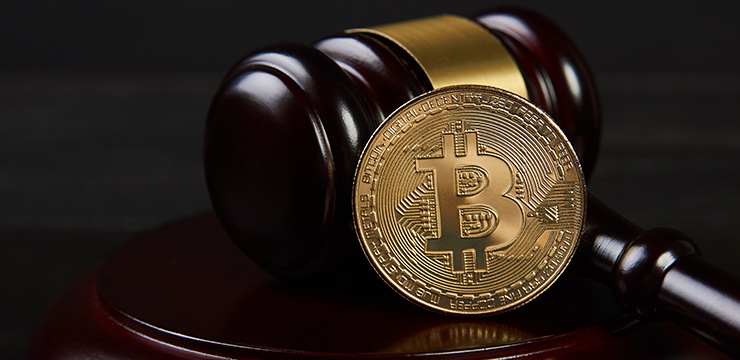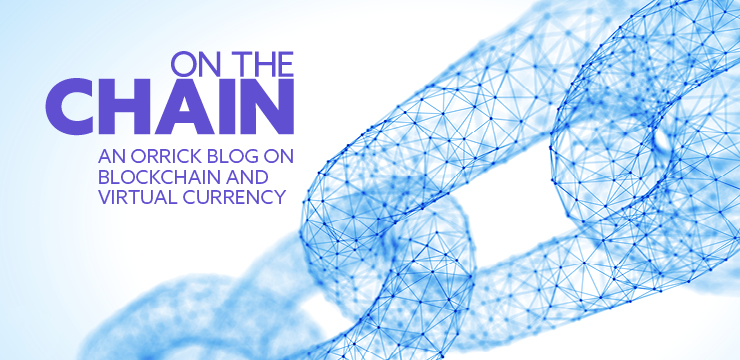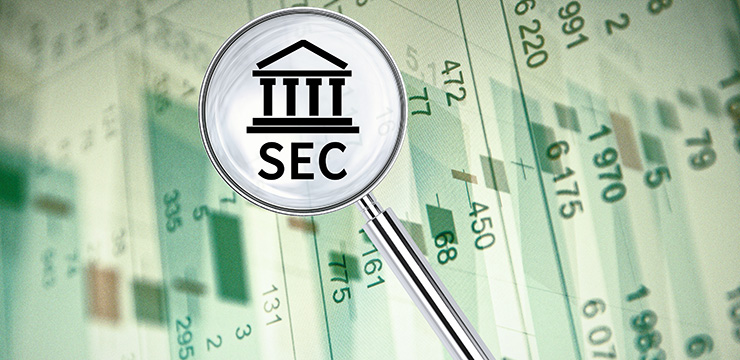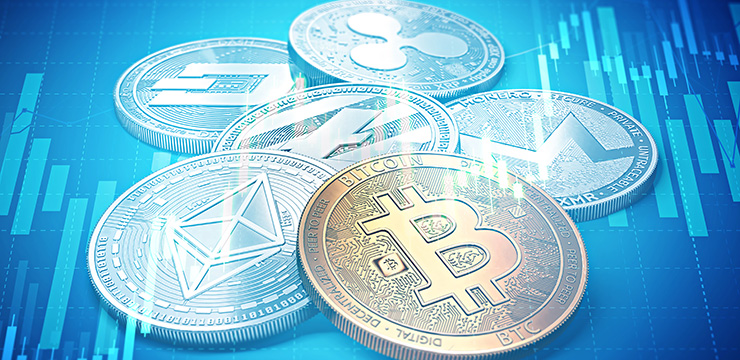The juxtaposition of two recent SEC enforcement actions against token issuers may shed some light on the regulator’s evolving regulatory framework.
On October 11, 2019, the SEC won a motion for a temporary restraining order from the U.S. District Court for the Southern District of New York against Telegram Group Inc., the creator of Messenger, an encrypted messaging application, to halt its planned $1.7 billion “Gram” token distribution and follow-on sale. The SEC’s action, which alleged that the planned offering of Grams would violate the registration requirements of Sections 5(a) and 5(c) of the Securities Act of 1933, put a halt to a long-running development project and more than 18 months of continued interaction with the SEC.

The SEC’s stance against Telegram stands in stark contrast to its settlement on September 30, 2019, with Block.one, the creator of the EOSIO blockchain protocol. Block.one conducted a year-long initial coin offering that raised a record $4 billion in 2017 and 2018. Block.one’s ICO utilized a dual-token structure: over the course of the ICO, Block.one sold 900 million digital assets (“ERC 20 tokens”) to purchasers. These tokens were freely transferable while the ICO was ongoing. At the end of the ICO, the ERC-20 tokens became nontransferable and, upon the subsequent launch of the EOSIO blockchain, holders of the ERC-20 tokens were entitled to receive the native EOS token. Block.one settled the SEC’s claims against it by agreeing to pay a monetary penalty of $24 million. Unlike what we have seen in similar settlements, the SEC did not require rescission of the sale of the ERC-20 tokens, which were designated securities, or the EOS tokens, which received no mention in the cease-and-desist order. The EOSIO blockchain protocol remains live, and EOS tokens remain in circulation. The SEC also explicitly granted a “bad actor” waiver under Regulation D permitting the Company to continue fundraising and capital formation in the United States.
The SEC’s seemingly distinct approaches to Block.one’s and Telegram’s offerings have left the industry scratching its collective head. What is most odd is the SEC’s decision in the case of Telegram to seek emergency relief, a remedy typically reserved for ongoing frauds, which is not alleged here. In lieu of a public explanation from the SEC, reviewing the differences between the two offerings may be the only way to extract guidance from these actions. There is, however, no way of knowing which differences actually had an impact on the results. Nevertheless, below we discuss some of the differences.
Token Use Case
The SEC’s disparate treatment of Telegram and Block.one may come down to the differences in the nature, purpose and design of their technologies. The SEC has given indications (although not official guidance) that a critical part of the Howey analysis as to whether a token is a security is if purchasers are dependent on a centralized group of people to drive its value; if the developer community of a blockchain technology is decentralized enough, the token may fall outside of Howey.
The Gram may have always been doomed to fail this test because of the planned integration with Messenger, which is a proprietary product. The integration with Messenger was supposed to be a significant driver of the Gram’s value, and the development of Messenger is entirely dependent on Telegram.
In contrast, the EOS tokens and the EOSIO blockchain protocol are designed and meant to power a smart contract platform on top of which other developers may build. Perhaps Block.one’s intention to build a decentralized platform resembling Ether helped it find favor with the SEC.
Manner of Token Sale
Telegram sold “Gram Purchase Agreements” to sophisticated purchasers that promised Grams upon the launch of Telegram’s TON blockchain. No Grams were to be distributed until the launch of the blockchain, presumably because Telegram held the view that if Grams were not distributed until the blockchain was live it might escape the “efforts of others” Howey prong. Clearly, this wasn’t enough to satisfy the SEC.
Block.one’s dual-token structure – issuing ERC-20 tokens first, which entitled holders to EOS tokens once the native EOSIO platform launched – gave the SEC the opportunity to take action against the ERC-20 tokens and remain silent on EOS. It is questionable whether this move is justified by strict legal analysis: the ERC-20 tokens were sold in conjunction with “Token Purchase Agreements” that made it clear to purchasers they were being sold the right to receive EOS tokens. Furthermore, until EOSIO launched, the future value of those EOS tokens was dependent on Block.one. Given the manner of sale, it is unclear why EOS received the apparent favorable treatment over Grams.
Participants in Sale and Availability of Tokens on Secondary Markets
In their official documents, the SEC presented two distinctly different attitudes towards the availability of a token on secondary markets accessible to U.S. persons. For Telegram, such availability justified the SEC in shutting down its entire operation, while for Block.one the availability only provoked a slight admonition, without enjoining the offering.
Block.one made some efforts to prevent U.S. customers from participating in the ICO: it blocked U.S.-based IP addresses and required purchasers to sign a contract that included a provision stating that any purchase by a U.S. person rendered the contract null and void. However, despite those measures, U.S. persons still succeeded in participating in the ICO; moreover, Block.one made efforts that could be viewed as conditioning the U.S. market, including participating in blockchain conferences and advertising EOSIO on a billboard in Times Square. Notably, too, the ERC-20 tokens were widely traded and available for purchase by U.S. persons on secondary markets. Block.one took no steps to prevent this.
In contrast, the fact that Telegram’s tokens would be available to U.S. purchasers on secondary markets drove the SEC’s argument that a TRO and preliminary injunction were necessary, regardless of the fact that Telegram limited the sale of Gram purchase agreements to sophisticated investors and that upon the distribution of Grams and the sale to the public the Telegram network would be fully functional.
Takeaways
The SEC’s distinctly different treatment of Telegram and Block.one provides insight into the SEC’s perspective on what sorts of tokens are securities, and which are not. It appears that the Gram’s integration into Telegram’s proprietary product – and therefore its dependence on Telegram – was critical to the SEC’s analysis. The analogous nature of EOS to Ether probably led to it not being designated a security. However, both ICOs were deemed in violation of securities laws, so neither should serve as a safe harbor for others. Furthermore, there is still no clear legal path to launching a token like EOS.





